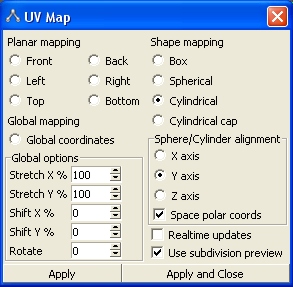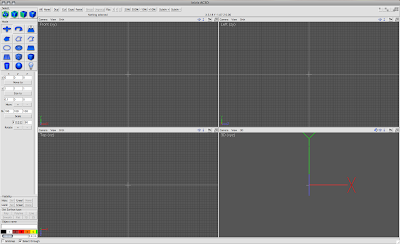

Good if you had a material you might want to assign to something later. This is due to Blender limitation.Įxporter will export all materials in object material slots, even if they are not referenced.

When exporting lines they will have the DefaultWhite material, except if their Blender object has only 1 and only 1 material, then they will be assigned that.

When exporting lines, they will always be smooth shaded, due to limitations in Blender. When importing lines, they cannot be assigned UV coordinates as Blender does not support that. If exporting when in Edit mode, it will not export the last edits done in Edit mode. Go to File->Import->AC3D (.ac), select a file, adapt the import settings to your liking, and let it do the work. You'll need to enable the script in the Blender Preferences window after installing it - open the Blender Preferences window (Edit->Preferences) and then go to the Add-ons tab, select Import-Export in category filter (default value is All) and then check the box on the left of "Import-Export: AC3D (.ac) format" Uh, I've done all that how do I use it? I can't see it in the import/export menu! Notice AppData per default is hidden in Windows, but you can just write it in the address bar.
Ac3d cylinder windows#
There's an alternative location you can drop it, at ~/.blender/x.x/scripts/addons (linux) or c:\Users\AppData\Roaming\Blender Foundation\Blender\x.x\scrips\addons (Windows 7+), where x.x is the version of Blender and is the Windows user name. Open the blender/x.x/scripts/addons folder, then pull the io_scene_ac3d folder into the addons folder of blender. Know that the auto-install feature in Blender is not supported, you will have to do it manually: It's a few python scripts to import/export Inivis AC3D data into and out of Blender 2.80.


 0 kommentar(er)
0 kommentar(er)
